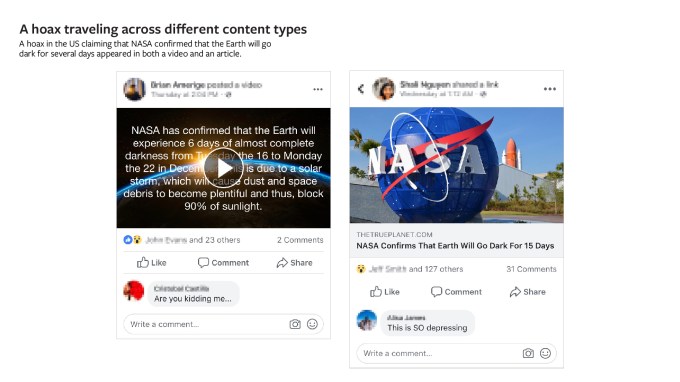In a tweet this morning, Amazon founder (and the world’s richest man) Jeff Bezos announced that he and his wife were creating a $2 billion fund to finance a network of non-profit preschools and donate funds to organizations helping homeless families.
“The Day 1 Families Fund will issue annual leadership awards to organizations and civic groups doing compassionate, needle moving work to provide shelter and hunger support to address the immediate needs of young families,” Bezos writes in a statement.
There’s also a Day 1 Academies Fund which will launch a network of free, Montessori-inspired schools in low income neighborhoods.
Bezos said that the schools will employ the “same set of principles that have driven Amazon .” Which, for Bezos, means an intense focus on the customer.
The funds are called the “Day 1” funds because they align with Bezos’ stated philosophy of “maintaining a Day 1 mentality.”
Starting a network of free schools for underprivileged children and giving out money to help organizations that are working to alleviate the needs of the nation’s homeless are inarguably good things, but it’s unclear whether these individual steps can work to address more systemic problems that underly problems of homelessness and a lack of educational opportunity that exists more broadly in the country.
Perhaps Bezos was inspired to battle the nation’s homeless plight when he saw this report on Vickie Shannon Allen, an Amazon employee who became homeless after a workplace accident cost her her job.
It’s also a bit rich to see Bezos tackle the issue of homelessness after his company was the mustache twirling arch nemesis of a bill in Seattle that would have created a tax to finance homeless shelters and low income housing.
Fortune has more on Amazon’s work to kill the measure.
Amazon opposed the tax, originally floated at $500 a year for each of its Seattle employees. To signal its displeasure, the company halted construction on a new tower, and suggested it might sublet 722,000 square feet it had just leased in a signature downtown building. When the council approved a reduced $275 tax, Amazon restarted construction on the tower. But it also joined Starbucksand other local employers to fund a group, No Tax on Jobs, that raised over $300,000 to pay for signature gatherers for a referendum to repeal the head tax. In a statement after the vote, Amazon vice president Drew Herdener said, “Today’s vote by the Seattle City Council to repeal the tax on job creation is the right decision for the region’s economic prosperity.”
With the new fund, Bezos joins a long line of incredibly mega-rich people (cf. Chan-Zuckerberg and Gates Foundations… and Warren Buffett) who are taking it upon themselves to fund programs for social good.
It’s part of philanthropy’s long history of ignoring broader structural issues as a way for billionaires to treat their contributions as a gift rather than an obligation.
Here’s Bezo’s tweet announcing the new funds.


 The DVR also supports dual-tuner functionality, so customers can record up to two shows at once, or watch one live while recording another.
The DVR also supports dual-tuner functionality, so customers can record up to two shows at once, or watch one live while recording another.


